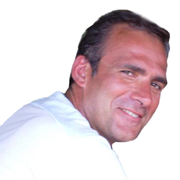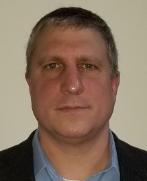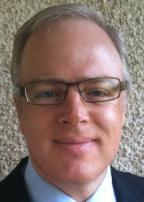Modelling & Experiments in Drug Delivery Systems (MEDDS)
Keynote speakers
- David Saylor – Food and Drug Administration (FDA), USA
- Paolo Netti – University of Naples Federico II, Italy
- Keith Oldroyd, Golden Jubilee National Hospital, Glasgow, UK
David Saylor (Food and Drug Administration, USA)
Dr. David Saylor has been a staff member at the US Food and Drug Administration for the past 14 years in the Division of Biology, Chemistry and Materials Science (DBCMS) within the Office of Science and Engineering Laboratories (OSEL) in the Center for Devices and Radiological Health (CDRH) where he currently serves as the Mataterials Performance Laboratory Leader. At the USFDA, he has pursued research in the area of theoretical and computational materials science applied to medical device applications. These efforts have focused on the dynamics of medical device material systems and tissue interactions at multiple length scales: atomistic/molecular, microstructural, and device scales. This research has addressed a variety of premarket and postmarket issues for medical devices, including the impact of manufacturing changes and tissue composition on the performance of controlled drug release systems, the release and retention of nickel in patients implanted with nickel-containing alloy devices, and patient exposure to potentially toxic additives in biomedical plastics.
Paolo Netti (University of Naples Federico II, Italy)

Paolo A. Netti received his PhD in Chemical Engineering in 1994 from the University of Naples Federico II. Then he spent 4 years postdoc at Harvard Medical School working with Rakesh K. Jain. He has pioneered the concept of integrating molecular sequestration and release mechanisms in the design of novel biomaterial scaffolds able to control and guide the complex process of tissue growth at single cell level. Following this bioinspired approach, he has proposed a novel class of cell instructive materials, that -by recapitulating the basic functions of the extracellular matrix- provide a tight spatial and temporal control of the cellular microenvironment and offer the potentiality to control cell and tissue fate. He has served on several European Scientific Commission panels for defining a viable European roadmap for the development of novel biomaterials platforms (VII framework program), he is currently the panel chair of the ERC Advanced Grant committee for the PE5 domain and has also served as a scientific tutor for several research platforms from the Italian Minister of Research and University (Program FIRB by MIUR). He is member of several advisory boards and committees and has authored over 400 scientific articles accumulating over 10000 citations. He is today a full professor of Bioengineering at the University of Naples “Federico II” and the director of the Centre for Advanced Biomaterials for Health Care (IIT@CRIB) of the Italian Institute of Technology.
Keith Oldroyd (Golden Jubilee National Hospital, Glasgow, UK)
Prof. Dr. Keith Oldroyd is an Interventional Cardiologist at The Golden Jubilee Nation Hospital and has extensive experience of setting up and leading clinical trials. Following clinical training in Glasgow he was awarded a BHF Clinical Research Fellowship and received his MD degree with Honours for work on the pathophysiological role of endogenous opioids in patients with coronary disease and heart failure. Subsequently he was a Fellow in Interventional Cardiology at the University of Toronto. In 2007 he became the first Clinical Director of Cardiology at the newly created West of Scotland Regional Heart and Lung Centre. From 2011-2014 he was also Director of R&D. His own research interests include the clinical and experimental assessment of novel drug-eluting stents and the use of invasive physiological indices of stenosis severity to guide decision making in the cath lab. As well as being the NHS Research Scotland Champion for cardiovascular disease, he has been UK principal investigator for several trials of novel drug-eluting stents including PLATINUM, EVOLVE I and II and LEADERS FREE, all of which have been published in the New England Journal of Medicine.



